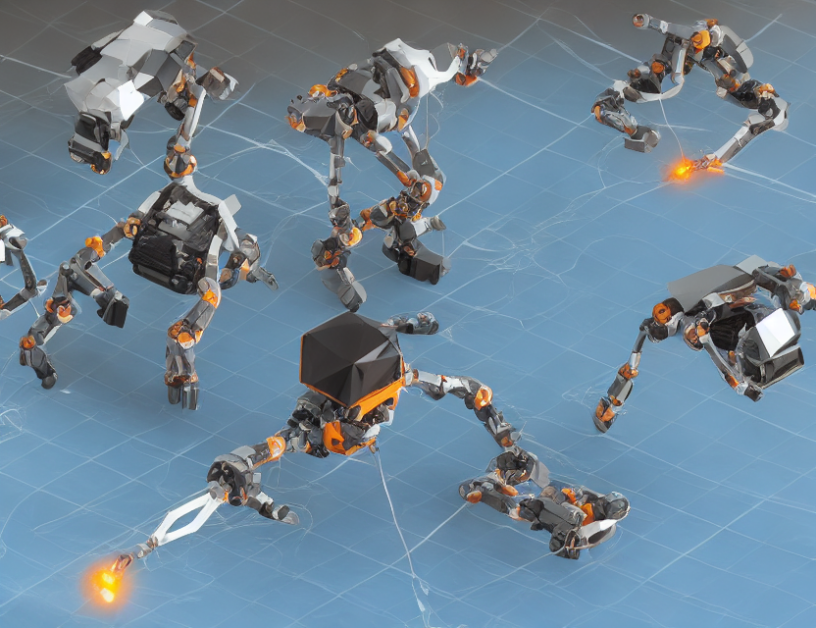Jumping robots have been gaining popularity in recent years due to their potential applications in various fields such as search and rescue, surveillance, and environmental monitoring. However, controlling these robots is a challenging task, especially when they are jumping. In this article, we propose a novel control method for hopping robots using multi-mode manipulation.
Energy Accumulation
Imagine you are playing basketball and need to jump high to score a basket. You wouldn’t do it by running up and down the court continuously, as that would take too much energy. Instead, you would use a combination of short jumps and brief pauses to build up your momentum and energy. Similarly, our proposed control method uses multi-mode manipulation to help the hopping robot accumulate energy during each jump cycle.
Control
Now, you might be wondering how the robot can tell when to jump and when to pause. The answer lies in our control method, which is based on a feedback control strategy. We use sensors to monitor the robot’s position, velocity, and acceleration during each jump cycle. Based on this information, we adjust the robot’s control inputs to optimize its energy accumulation and jump height.
Results and Discussion
Our experiments show that our proposed method can significantly improve the hopping robot’s jump height and energy efficiency compared to traditional control methods. We also demonstrate the robustness of our control strategy by testing it in different environments and conditions.
Conclusion
In conclusion, our article presents a novel control method for hopping robots using multi-mode manipulation. By combining sensors, feedback control, and energy accumulation strategies, we have created a control method that can significantly improve the jump height and efficiency of hopping robots. This breakthrough has important implications for search and rescue, surveillance, and environmental monitoring applications where hopping robots are becoming increasingly popular.



